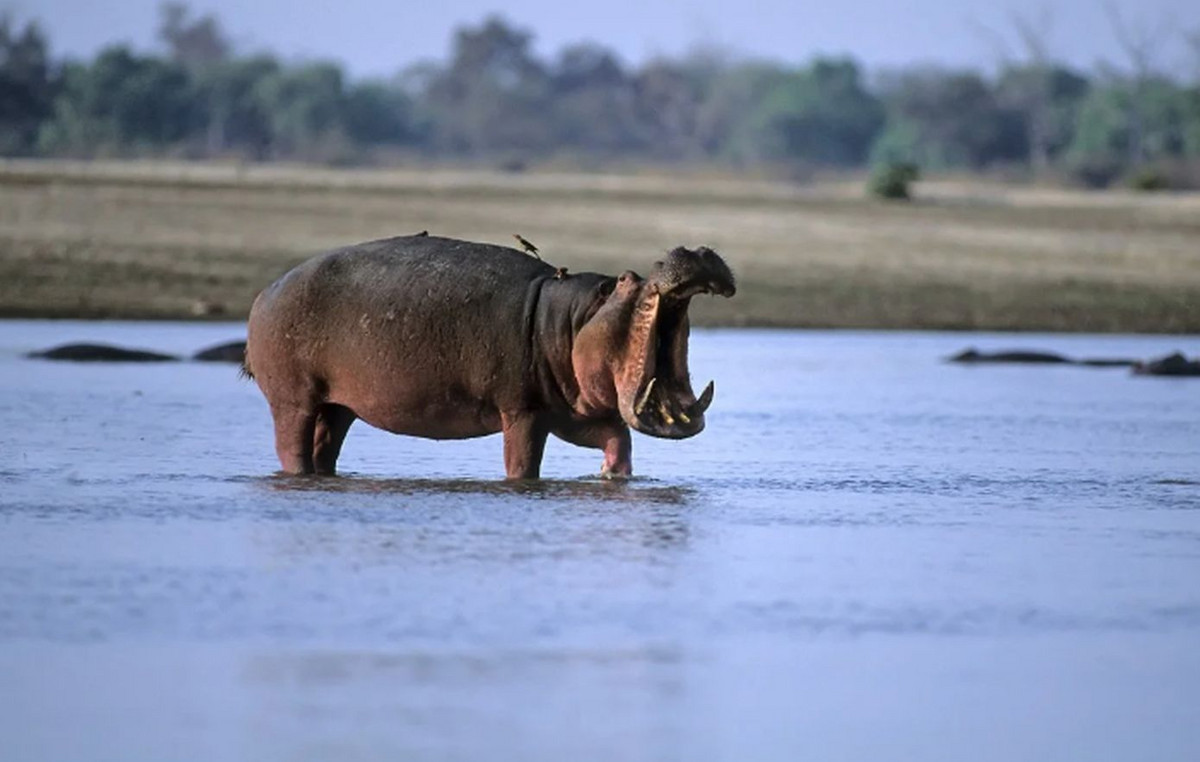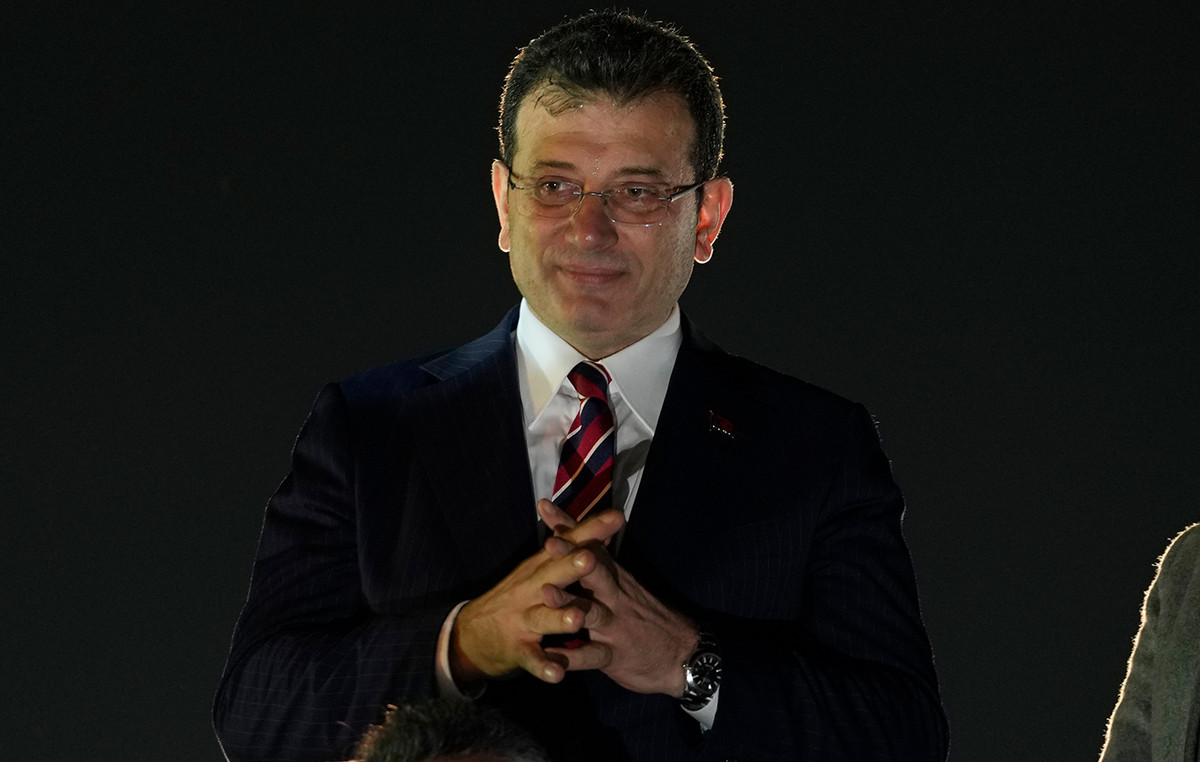British scientists created in the laboratory flies able to reproduce by parthenogenesis, that is, without mating or artificial insemination, according to a study published today in the scientific journal Current Biology.
Some species of animals reproduce by parthenogenesis, but not mammals. Such reproduction has been observed in birds or reptiles – an example is the Komodo dragon, the world’s largest lizard. But it is the first time that something like this has been achieved with genetic modification animals in the laboratory.
The researchers, led by biologist Alexis Sperling of the University of Cambridge, they first analyzed the genome of two different fly varieties of the same species, Drosophila mercatorum. The first of these varieties reproduces without fertilization, while the second one does not. By identifying differences in their genomes, came up with some hypotheses about the genes involved in the process of parthenogenesis.
Based on these hypotheses, the researchers modified the genes of another species of fly, Drosophila melanogaster, which reproduces exclusively by mating a female with a male. It took six years and 220,000 flies, but they finally “built” Drosophila melanogaster flies in the lab that reproduce by parthenogenesis.
Although they have this ability, GM flies don’t seem keen to use it: if there’s a male fly nearby, the females always turn to classical mating to have offspring. As for those that were never found near the other leaf, only 1-2% eventually reproduced by parthenogenesis. This happens when they are about 40 days old, which is about halfway through their life.
Female flies born by parthenogenesis were found to sometimes also be able to reproduce without a partner.
Note that all “babies” born by parthenogenesis, whether in flies or other animals, are always female.
Source: News Beast
With 6 years of experience, I bring to the table captivating and informative writing in the world news category. My expertise covers a range of industries, including tourism, technology, forex and stocks. From brief social media posts to in-depth articles, I am dedicated to creating compelling content for various platforms.







